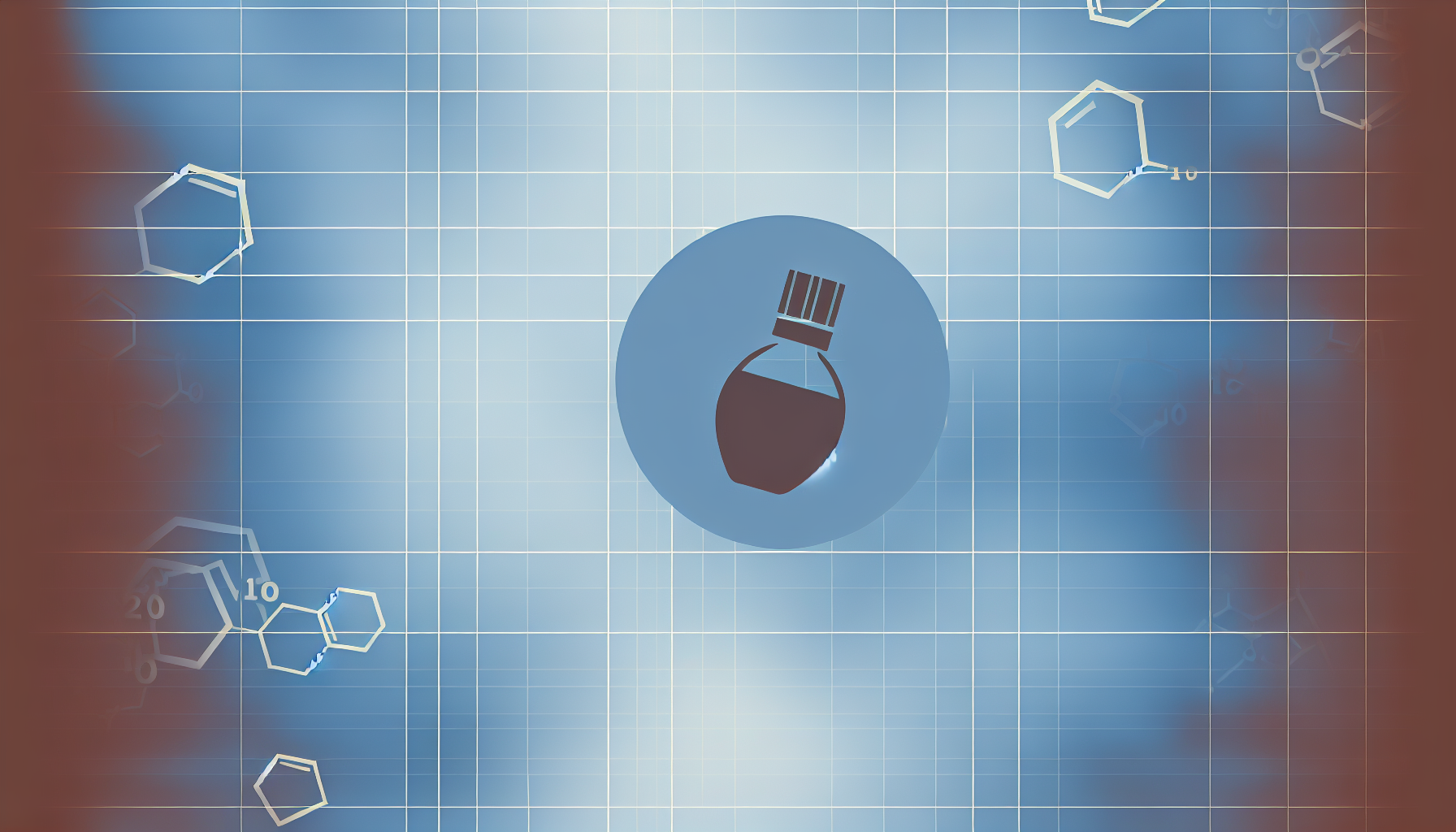It is a equipment whose main function is to reproduce certain conditions necessary for analysis carried out in industries or research laboratories, that is to say, these instruments meet defined conditions for stability control of different materials simulating in turn different values of temperature and humidity.
They are also known as controlled atmosphere chambers, where the controlled atmosphere can be modified depending on the needs that need to be met. Among the variables that can be modified due to the use of this instrument we find: temperature, air circulation, and humidity.
How is a humidity and temperature controlled chamber constituted?
A humidity and temperature chamber has in its structure components that when combined allow to create stable conditions of temperature, humidity and, occasionally, also of light. These cameras have a wide range of variants, ranging from small cameras on laboratory tables to large cameras on wheels, to walkable cameras that can be easily moved from one location to another.
Many of these cameras have LCD screens to set the time and PC touch (digital method) with software that allows programming and control functions, display of recorded data, alarms, and an LED indicator indicating the beginning and end of a cycle. They can have double door design and magnetic sealing in order to avoid any kind of leakage. They also have a compressor that can handle temperatures ranging from 30 °C to 80 °C, these temperatures are adjustable to the needs of the user and the operation being performed.
What can be tested on this type of camera?
In the controlled temperature and humidity chambers any type of products can be tested, because any product that is intended to be marketed must first undergo climatic tests, which allow to confirm the characteristics that the manufacturer expects and be within the limits and regulations dictated by the regulatory bodies or competent entities.
They are used for sample stress testing, material testing, aging testing, long-term stability testing and for fixed-defined storage.
How does a temperature and humidity controlled chamber work?
The principle behind the operation of such cameras is that all conditions can be manually controlled through a variety of mechanical processes. For example, the temperature is controlled by an electrical resistor for heating or a cooling unit for cooling the chamber.
And the humidity in the chamber can be simulated in two different ways by evaporating the water with a heat source or with ultrasound technology. While water vapor is usually introduced into the chamber by a steam generator that heats the water and creates steam. This vapor rises to the top of the room chamber, where it is cooled again, increasing the total moisture of the test chamber. This method is useful because it can generate high humidity in large chambers very quickly.
Camera Types
Humidity and temperature controlled chambers can be classified into constant type chambers and variable type chambers. Constant type cameras are commonly used for long-term stability testing and are responsible for maintaining temperature and humidity at a defined level.
For variable type cameras, certain programs can be made, where temperature and humidity are automatically changed at set intervals. Both types of cameras have a long life span, but they must be maintained and cared for.
What does Kalstein offer you?
Kalstein is a manufacturer of medical and laboratory equipment of the highest quality and the best technology at the best PRICES in the market, so you can make your PURCHASE confidently with us, knowing that you have the service and advice of a company specialized in the field and committed to provide you with safe, economical and effective options to perform your functions in the right way. HERE
This time we present our: Climate simulation camera YR053277 // YR053279. It allows to simulate daytime and night light changes, as well as weather conditions, to meet the controlled multi-segment ladder programming; suitable for biological tissues, cell cultures, plant crops, small animal feed and insects.
For more information we invite you to take a look HERE




